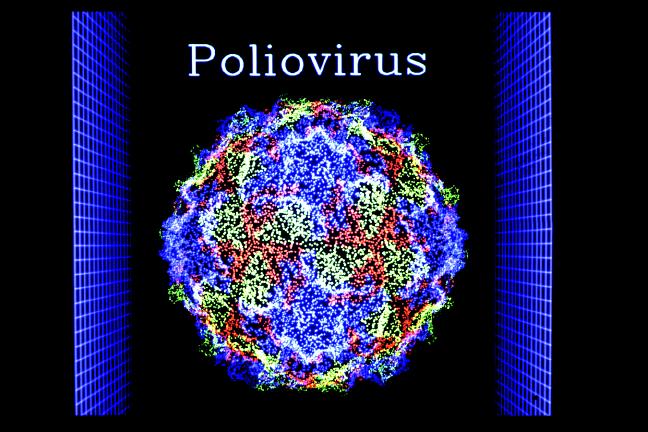The oral version of the polio vaccine gives better intestinal immunity than the injected vaccine, a boon in areas where people are often exposed to sewage. But because it’s made with live strains, there is a risk that the virus could escape. Credit: Julien Harneis/Wikimedia Commons
Polio is about to be eradicated. By 2018, if all goes according to the World Health Organization’s plans, the last diagnosis of paralytic polio would mark the end of the devastating, potentially fatal illness.
Although that goal appears tantalizingly close, several formidable obstacles to reaching it remain. Poverty, inadequate health services, political instability and distrust of Western-led vaccination campaigns persist in Pakistan, Afghanistan and Nigeria, the three countries where polio remains entrenched.
But beyond the geopolitical hurdles, polio fighters also face an unprecedented scientific challenge: the danger of circulating vaccine-derived polioviruses, which originate from one of the two vaccines used against the illness. First recognized in 2000, the viruses are garnering increased attention from researchers as they threaten to overtake wild poliovirus as the most prominent source of the paralytic disease. Several scientists, including Yvonne Maldonado, MD, professor of pediatrics and of health research and policy at the School of Medicine, are studying how to tackle this problem. Maldonado is also chief of infectious diseases at Lucile Packard Children’s Hospital Stanford.
Circulating vaccine-derived polioviruses are “the biggest surprise” that scientists have encountered in their work to end polio, said Walter Orenstein, MD, lead author of a 2014 clinical report about polio eradication from the American Academy of Pediatrics and a professor of medicine at Emory University. The viruses “are genotypically vaccine, but phenotypically wild virus,” Orenstein explained; in other words, they look genetically like the vaccine, but behave in nature like their wild counterparts.

